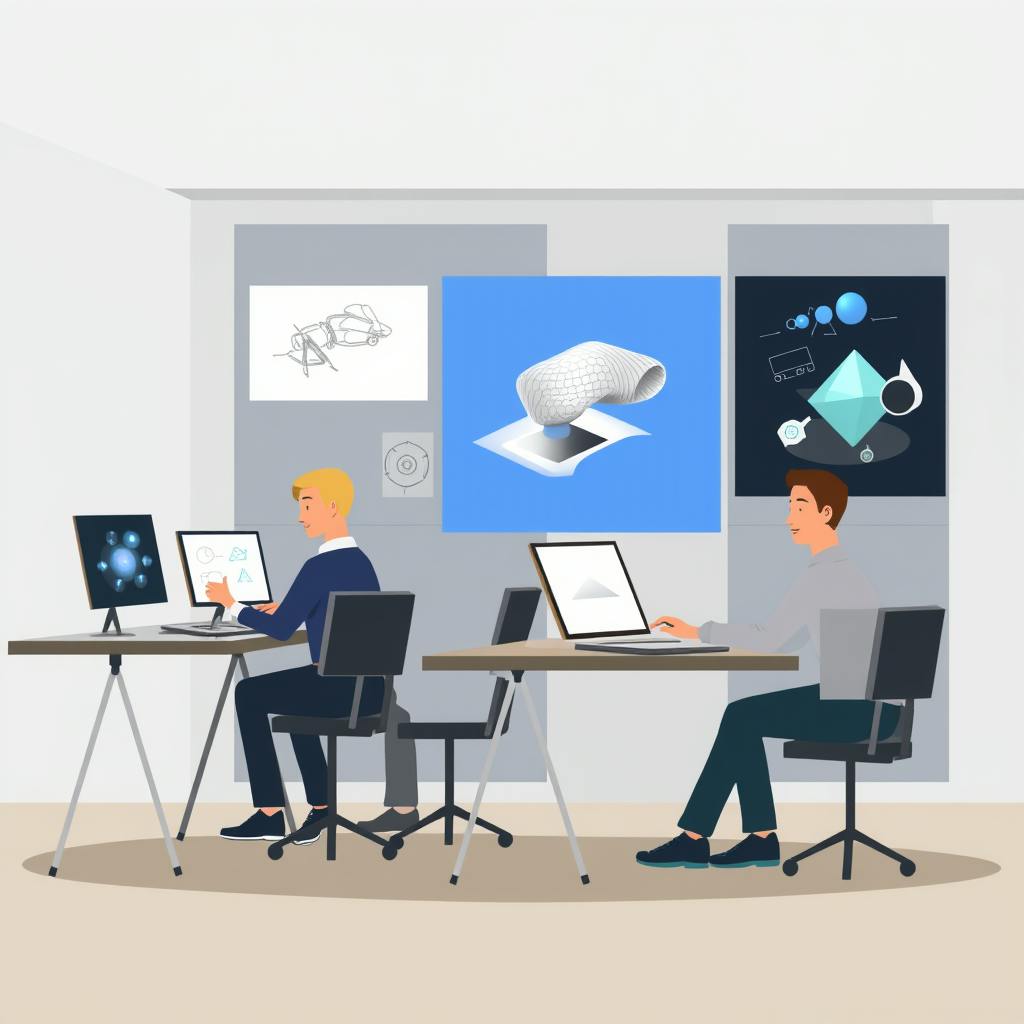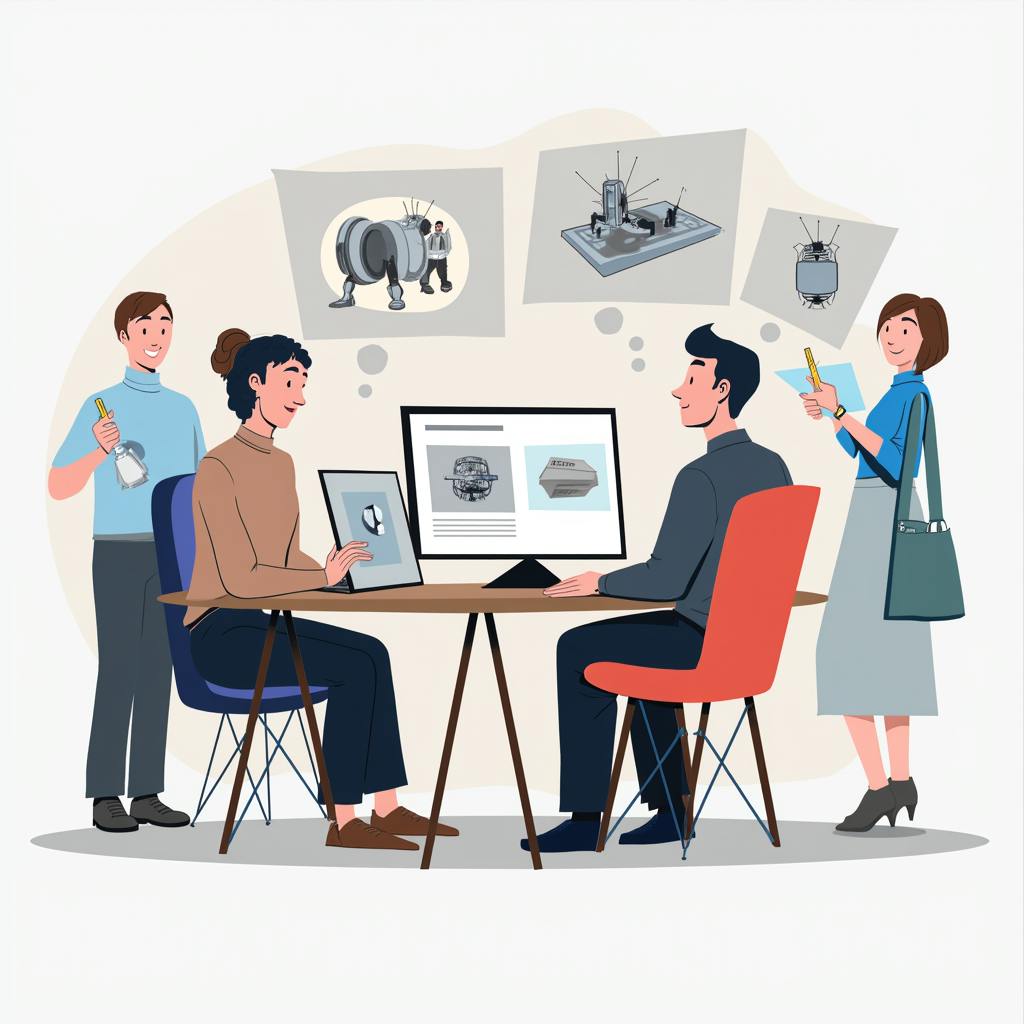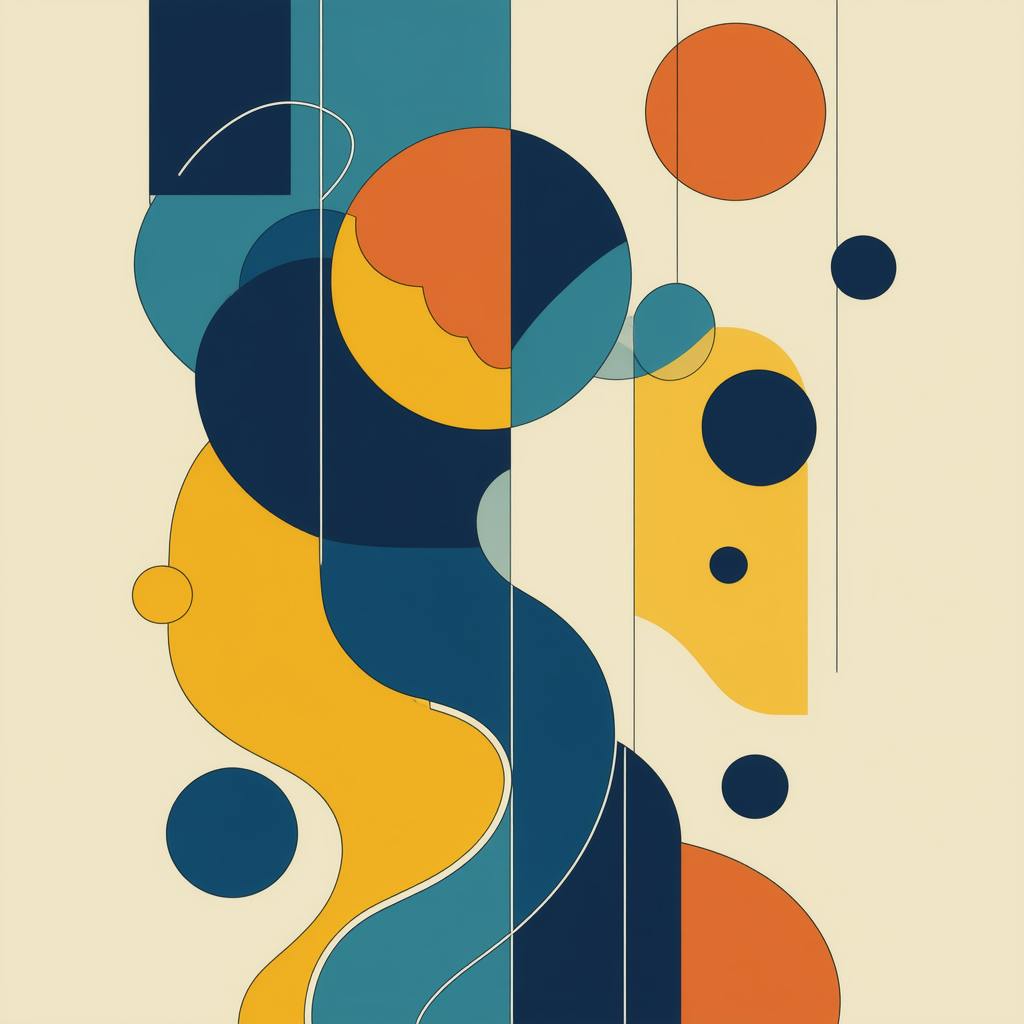In today's rapidly evolving world, innovative design approaches stand as a beacon of inspiration and transformation. They are crucial in driving progress across various industries by introducing fresh perspectives and redefining traditional practices. By leveraging design thinking as a pivotal approach to innovation, businesses and creators can address complex challenges with newfound clarity and efficacy. The modern design landscape, enriched with experimental design techniques and contemporary trends, continues to inspire new methodologies that resonate deeply with current consumer demands.
Clear Vision: Understanding Innovative Design Approaches
At the heart of innovative design approaches is the integration of design thinking—a method that encourages empathy, experimentation, and iterative learning. Design thinking as an approach to innovation emphasizes consumer-centric solutions, urging designers to immerse themselves in the users' experiences to uncover hidden needs. This perspective fosters the development of groundbreaking solutions that consumers might not have even realized they desired.
Furthermore, design thinking's approach to innovation is characterized by its structured yet flexible process of ideation, prototyping, and testing. These steps enable the adaptation of designs in response to feedback, ensuring that end products are not only functional but also highly appealing.

AI made with Rita Lichtwardt
Exploration: Modern Design Trends and Techniques
Modern design trends play an influential role in shaping how we perceive and implement innovative design approaches. As we navigate these trends, several key elements emerge that inspire and transform design practices:
- Sustainable Design: As environmental consciousness grows, sustainable design is no longer a niche trend but a core expectation. Designers are reimagining products with eco-friendly materials and processes that align with sustainable values.
- Minimalism and Functionality: With a focus on simplicity and practicality, minimalism continues to dominate. This trend drives designs that are straightforward yet effective, promoting clean aesthetics without compromising functionality.
- Adaptive and Inclusive Design: Designing for inclusivity and adaptability ensures accessibility for diverse user groups. It challenges designers to consider varying abilities and contexts, resulting in products that are universally beneficial.
Experimental design techniques further push the boundaries of innovation. Techniques such as generative design leverage advanced algorithms and computational creativity to explore design possibilities far beyond traditional capabilities.
Insights: Addressing Common Queries
Why is Design Thinking Essential in Innovative Design Approaches?
Design thinking is paramount because it champions a human-centered approach, prioritizing real user needs and promoting solutions that are innovative yet pragmatic. By fostering creativity and collaboration, it transforms challenges into opportunities for imagination and improvement.
How Do Modern Trends Like Sustainability Influence Design?
Sustainable design reflects a shift in consumer expectations, where environmentally-friendly practices are desired. This trend encourages designers to innovate responsibly, creating products that reduce resource consumption and enhance longevity without sacrificing aesthetic appeal.
What Role Does Technology Play in Experimental Design Techniques?
Technology acts as a catalyst in experimental design techniques, enabling designers to explore beyond traditional boundaries. With tools like AI, VR, and AR, designers can prototype ideas more fluidly, iterate designs swiftly, and visualize intricate possibilities realistically.
FAQ: Innovative Design Approaches
Innovative design approaches are at the forefront of transforming industries and redefining the boundaries of creativity and usability. The following article addresses some of the most pressing questions about innovative design approaches and their impact.
What are some examples of innovative design approaches that inspire and transform?
- Human-Centered Design (HCD): This approach focuses on understanding the end-users' needs and experiences. IDEO, the design company, exemplifies HCD by immersing themselves in users' environments to create more empathetic and intuitive products.
- Biomimicry: Drawing inspiration from nature, biomimicry looks to the biological processes and organisms to innovate. The design of Velcro, inspired by plant burrs, is a classic example. More recent applications include energy-efficient buildings inspired by termite mounds.
- Sustainable Design: This approach integrates environmental considerations into the design process, aiming for less waste and greater sustainability. The development of biodegradable packaging and the use of recycled materials in product design are transformative examples.
- Parametric Design: Utilizing algorithmic thinking, parametric design allows for the creation of complex forms that can adapt to various constraints and variables. It’s widely used in modern architecture and automotive design for optimizing forms and structures.
- Co-Design: Engaging stakeholders in the design process to collaboratively create solutions ensures that a diverse range of perspectives and expertise shape the end result. This democratic form of design often leads to more robust and accepted solutions.
How do innovative design approaches differ from traditional ones?
- User-Centric vs. Product-Centric: Innovative designs focus on the users' needs and experiences, while traditional approaches often prioritize the product.
- Iterative Process: Instead of following a linear pathway as in traditional design, innovative approaches employ an iterative process where feedback is continuously integrated to refine solutions.
- Cross-Disciplinary Collaboration: Innovative design breaks down silos, embracing input from various fields, whereas traditional design may rely solely on domain-specific expertise.
- Adaptive and Agile: Innovative designs embrace change and are often more flexible and adaptable, whereas traditional approaches might adhere rigidly to initial plans.
How can innovative design approaches inspire and transform an organization's image or product?
- Differentiation: By adopting innovative design, organizations can stand out in crowded markets. This not only draws customers' attention but can also redefine an industry standard, positioning the organization as a leader.
- Enhanced User Experience: Designing with the user in mind leads to products and services that better serve customer needs, which enhances satisfaction and loyalty.
- Brand Perception: An innovative design approach can refresh and revitalize an organization's brand perception, making it seem more modern, forward-thinking, and responsive to market trends.
- Sustainable and Ethical Reputation: Focusing on sustainability through innovative design practices can bolster an organization’s reputation as an environmentally and socially responsible entity.

AI made with Rita Lichtwardt
What effect does the implementation of innovative design approaches have on the market or target audience?
- Increased Market Share: By meeting unmet needs or creating new categories, companies can capture new customers and expand their market presence.
- Engagement and Loyalty: Innovative approaches that deliver superior user experiences foster greater customer engagement and brand loyalty, resulting in repeat business and referrals.
- Market Disruption: By setting new standards and creating breakthrough products, organizations can disrupt existing markets, forcing competitors to adapt or risk falling behind.
- Higher Valuation: Companies perceived as innovative often enjoy higher valuations in the marketplace as investors and stakeholders see them as more likely to generate future growth and returns.
- Cultural Shifts: On a broader scale, implementing innovative designs can set societal trends that influence how people interact with products and services, shaping future consumer behavior and expectations.
By embracing these innovative design approaches, organizations not only transform their products and services but also carve a distinct path in their respective markets, fostering growth.
Conclusions: The Power of Innovative Design Approaches
Innovative design approaches, shaped by the principles of design thinking, modern trends, and cutting-edge techniques, are transformative forces in the world of design. They inspire designers to look beyond conventional methods, urging them to explore broader horizons and embrace experimentation. As these methodologies continue to evolve, they not only improve the quality of products and user experiences but also shape the future of how we interact with the world around us.
The journey through innovative design approaches is one of perpetual learning and adaptation. It invites creators to embrace change, question the status quo, and ultimately, design with purpose. As we celebrate these developments, it becomes evident that the future of design lies in the hands of those willing to innovate and transform the world, one design at a time.

